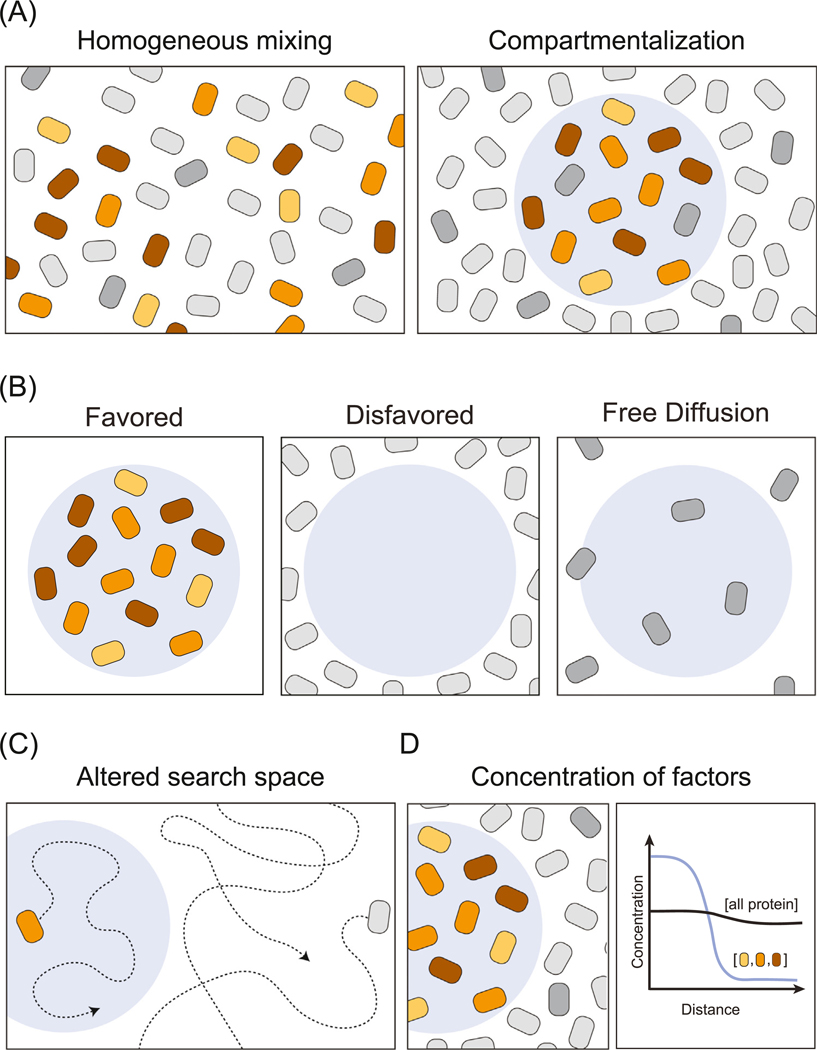Figure 3. Features Common to Condensates: Compartmentalization, Selective Partitioning, and Concentration.
(A) Condensates compartmentalize functionally related factors. A cartoon depiction of three functionally related factors (colored) depicted homogenously mixed (left) or compartmentalized within a condensate (right). (B) Functionally related factors can be compartmentalized by selective partitioning, where the condensate physicochemical environment may favor or disfavor interactions with such factors. (C) The search space for a molecule can be reduced in two ways. First, for factors which partition into the condensate the search space is reduced to the condensate. The factor can diffuse in and out of the condensate, but will spend more time within. Second, for factors disfavored to partition into condensates that collectively take up a large volume of the nucleoplasm the search space is reduced to the remaining volume of the nucleus. (D) The concentration of the compartmentalized factors is higher inside the condensate than outside, but the absolute concentration of total cellular protein may not be higher inside the condensate than outside.

